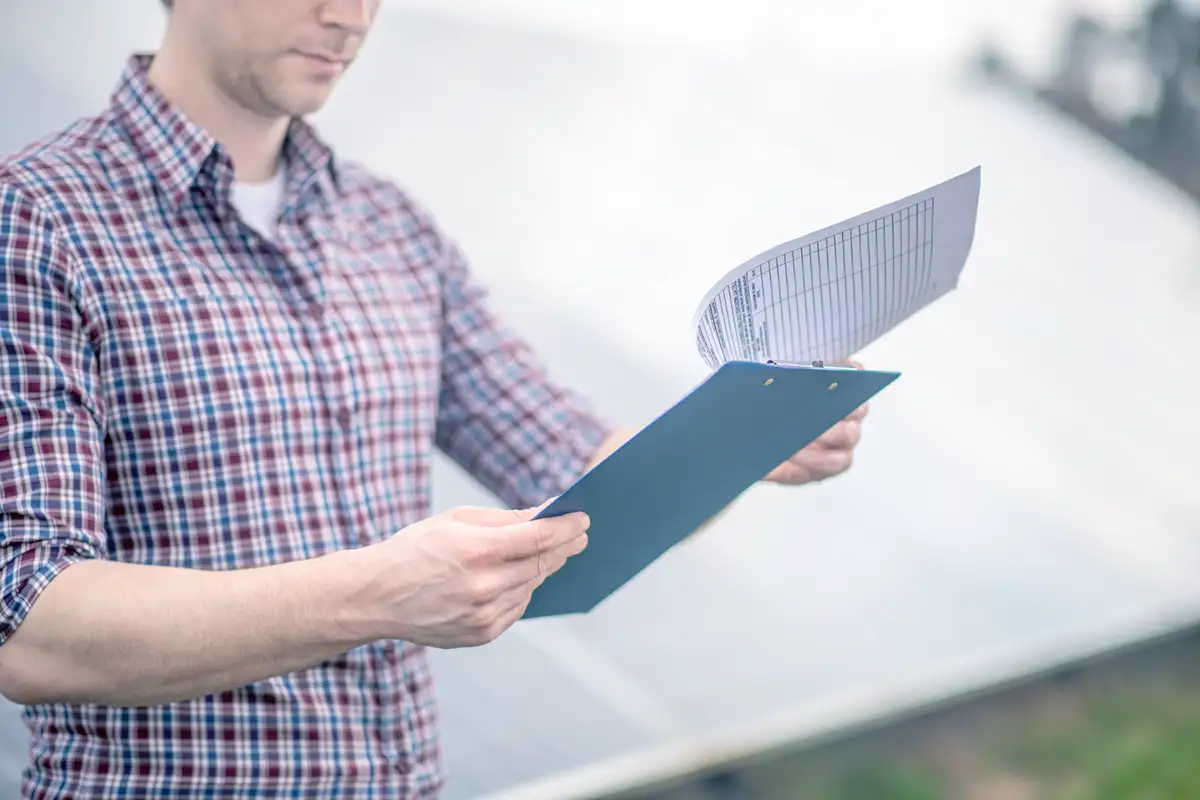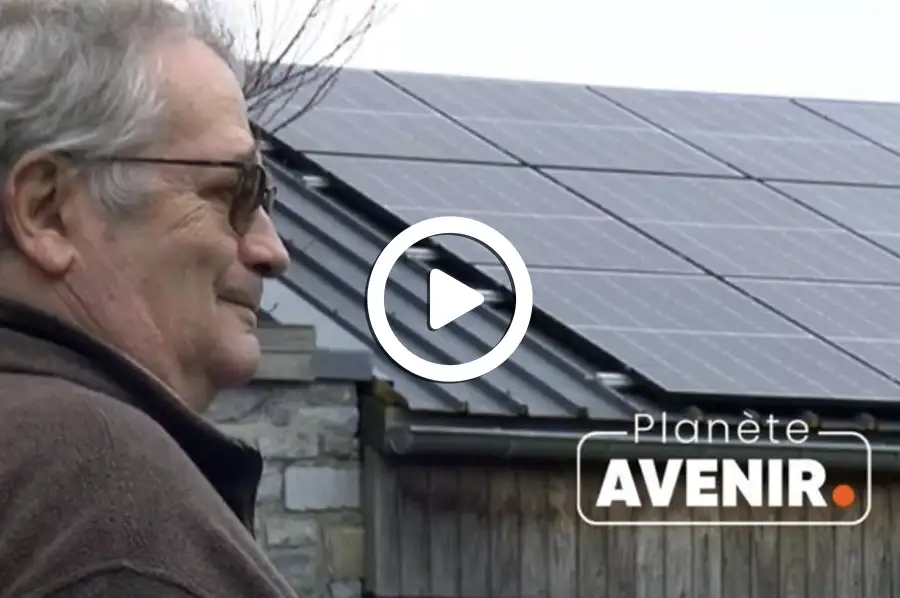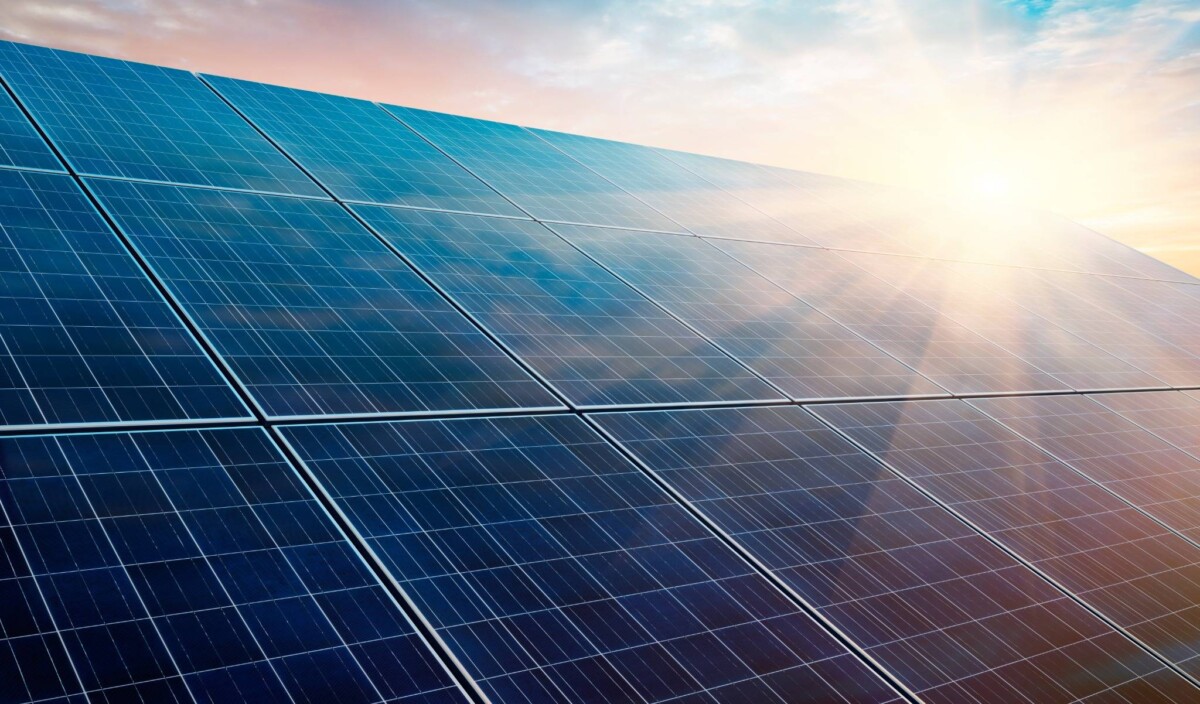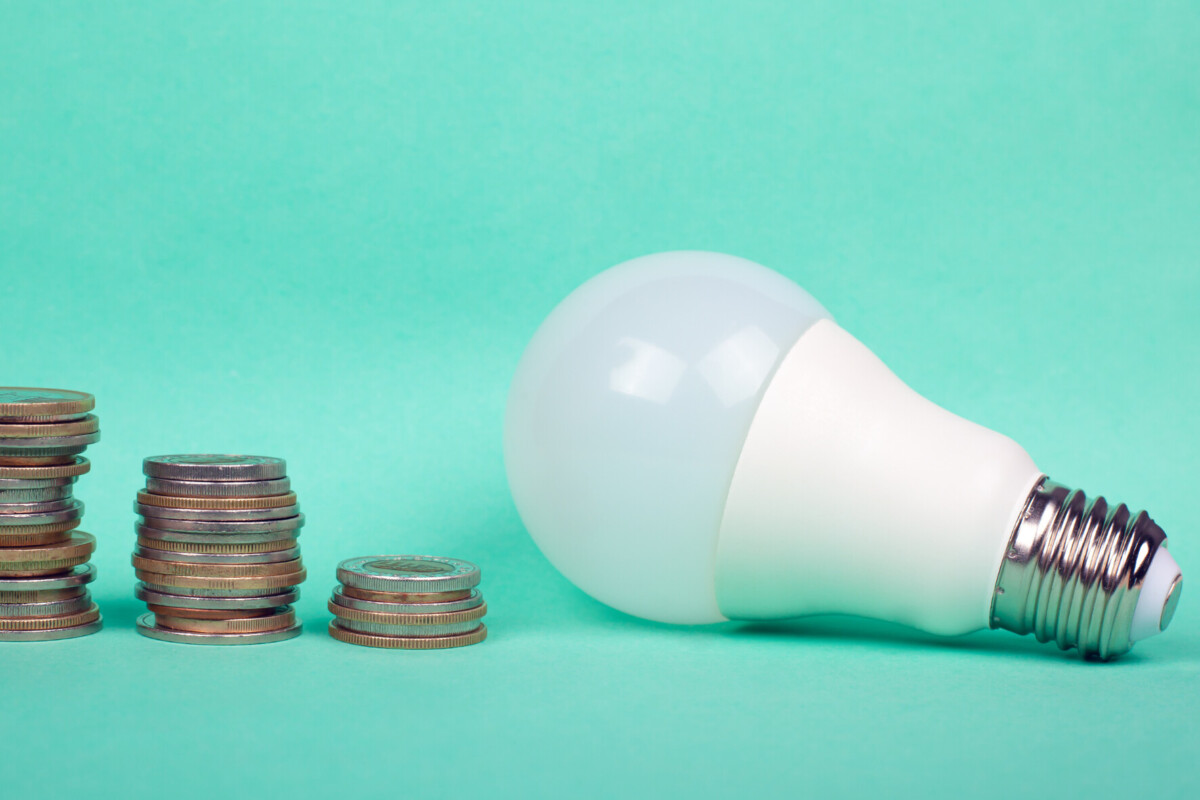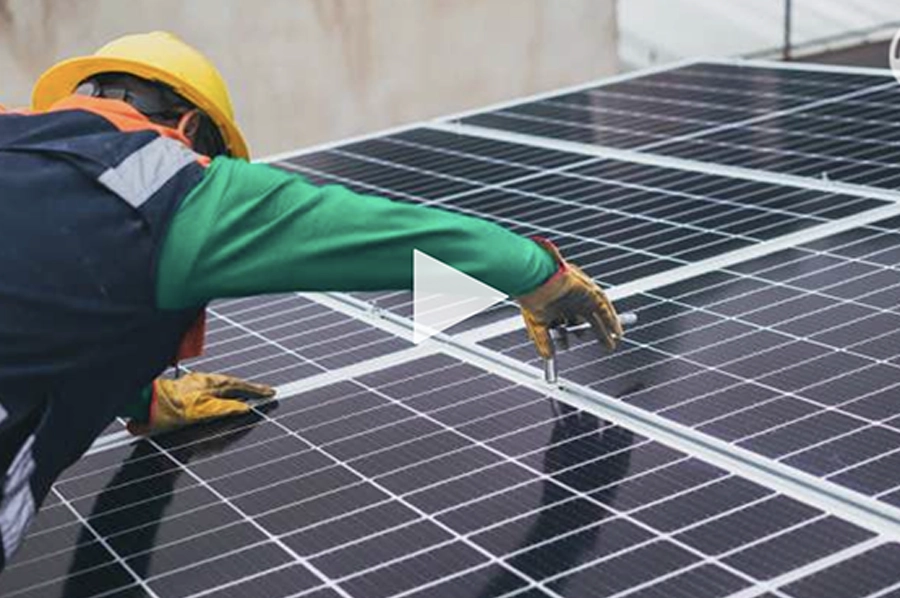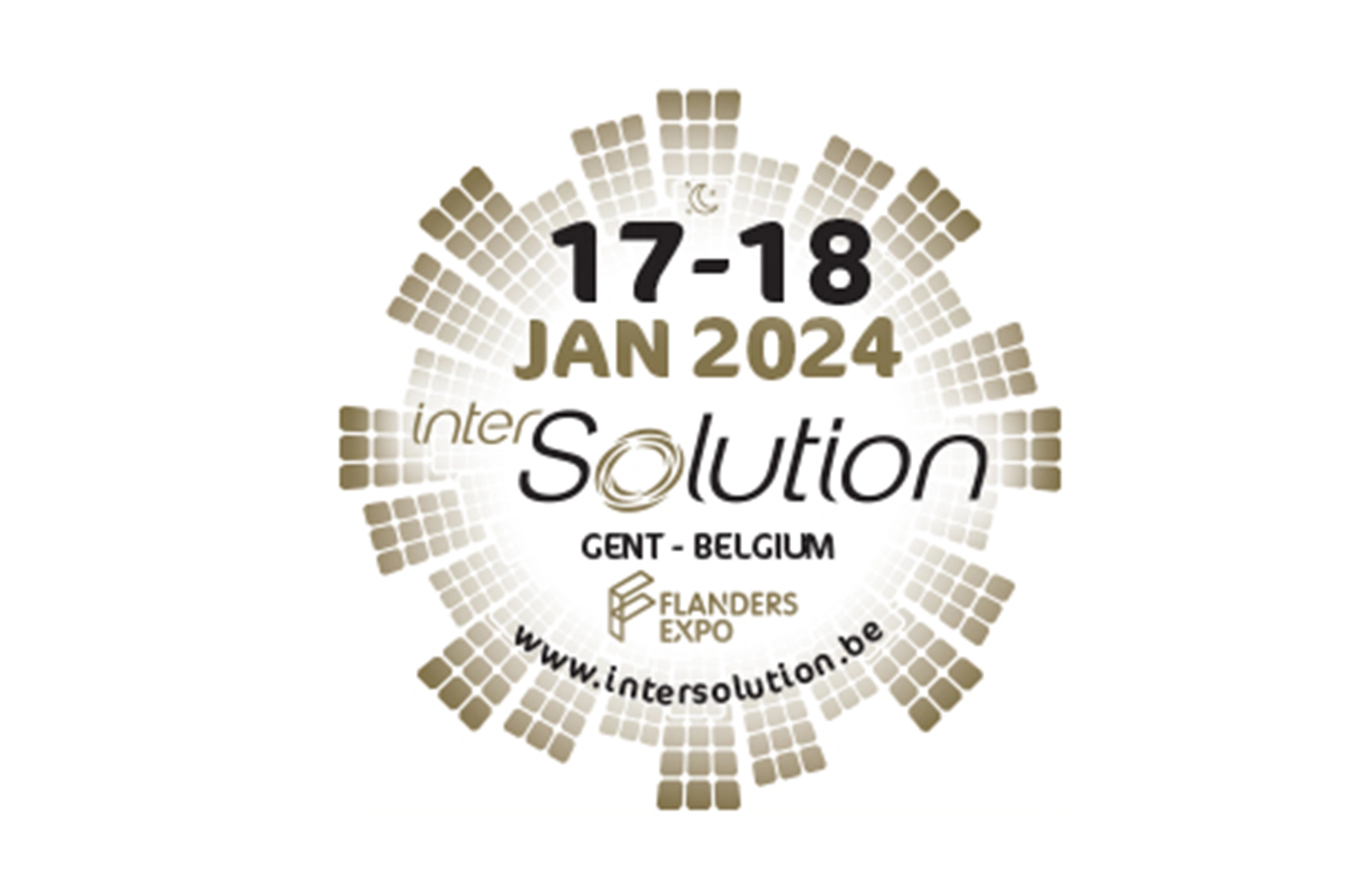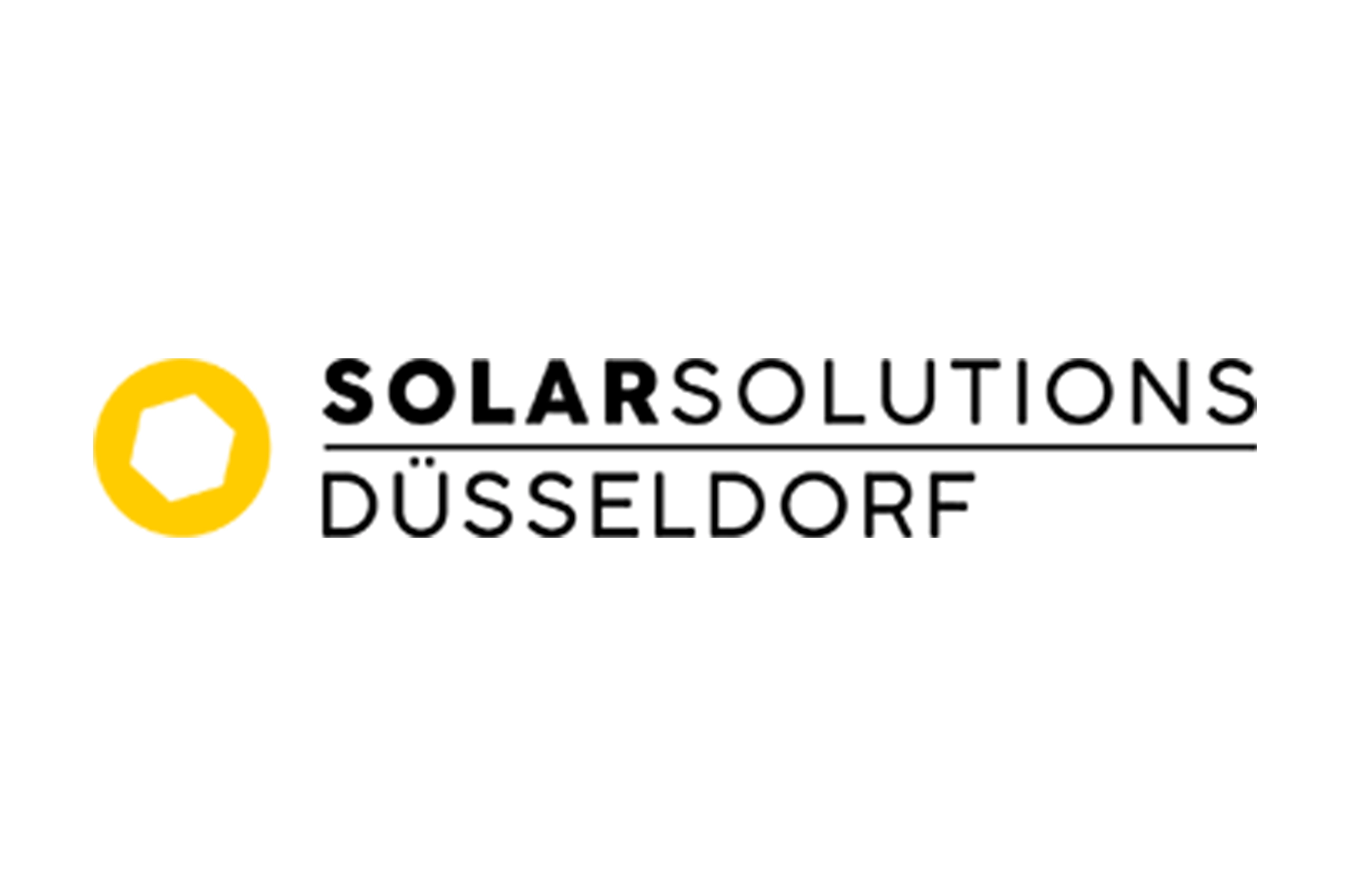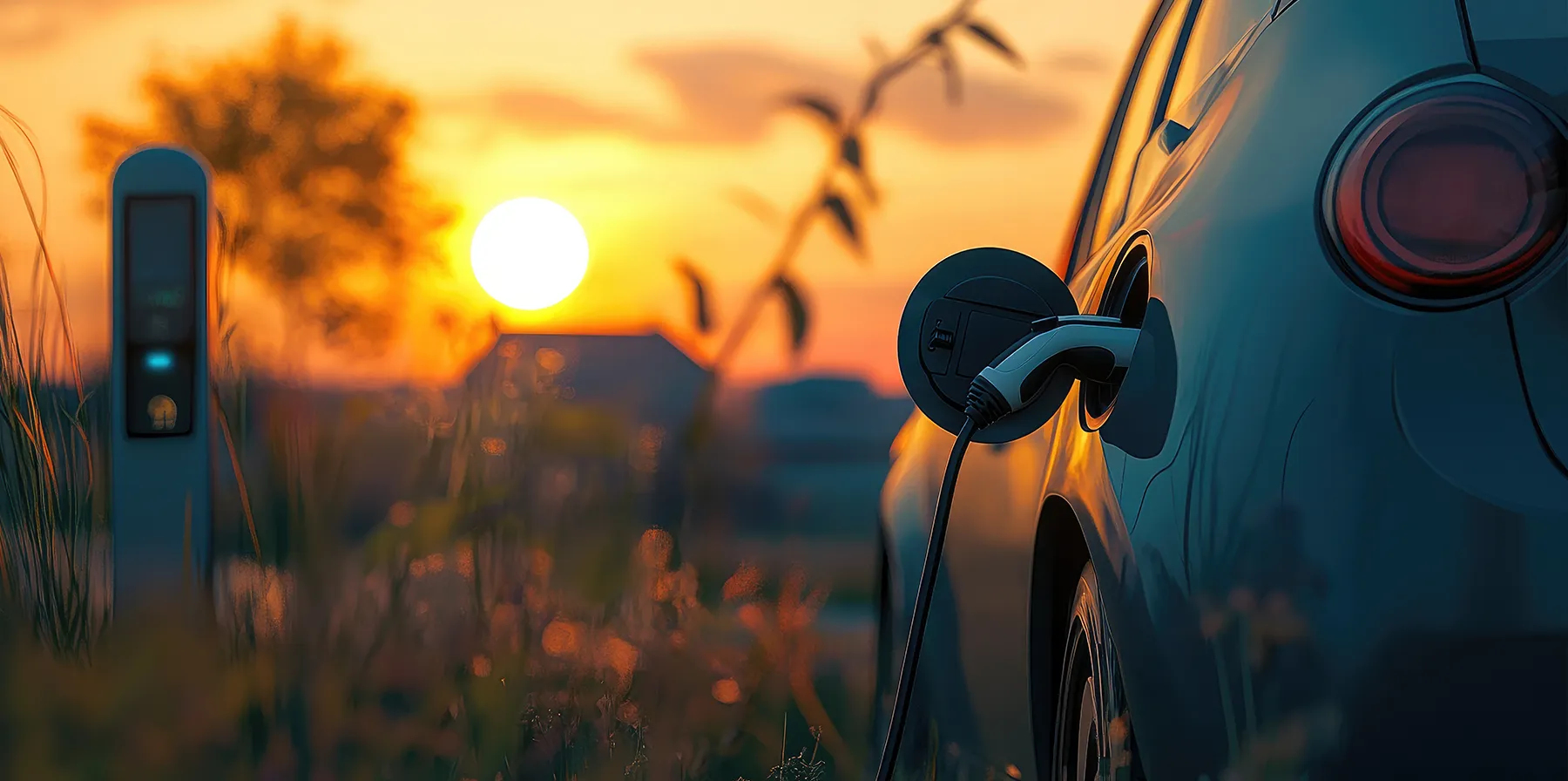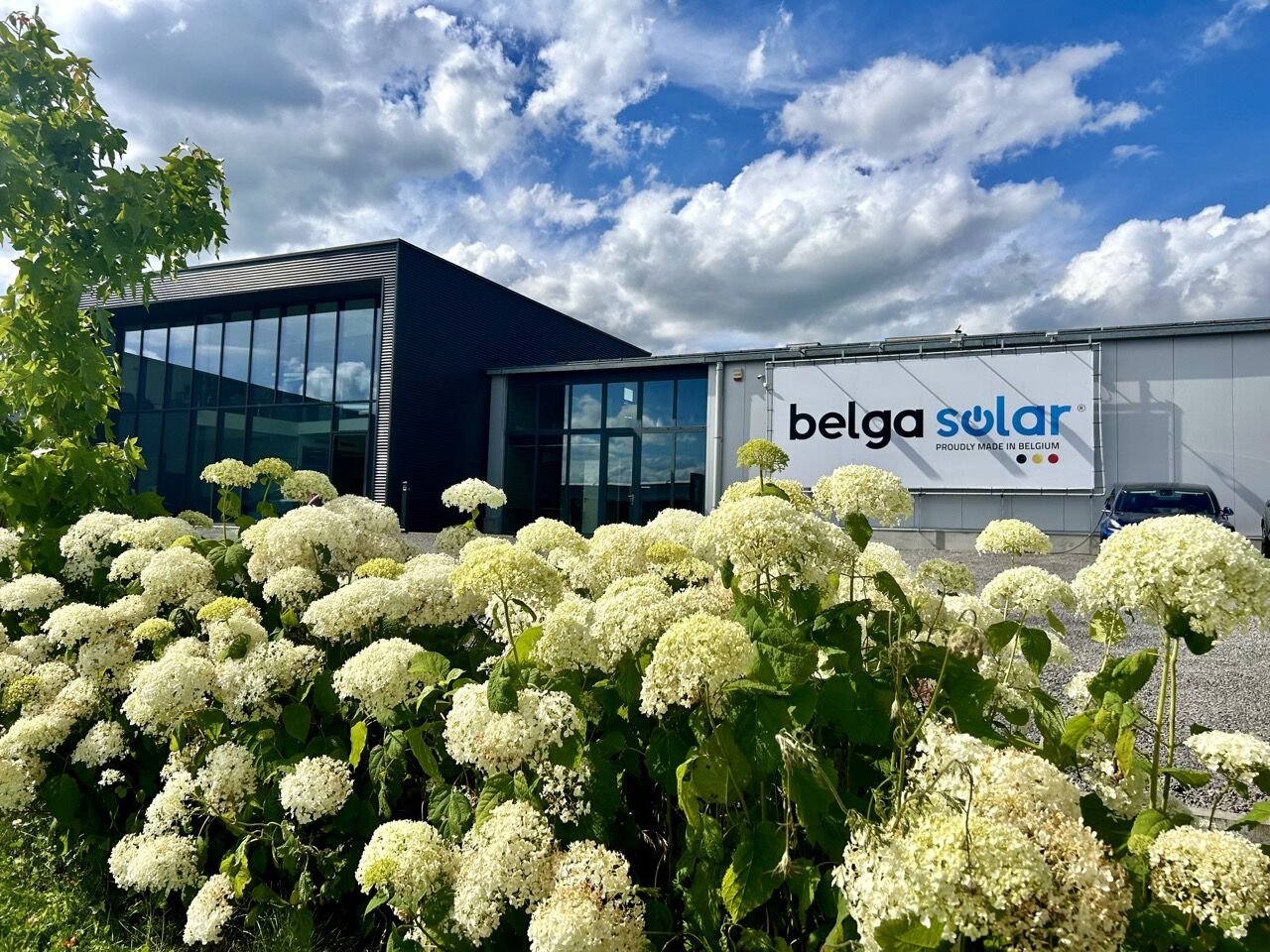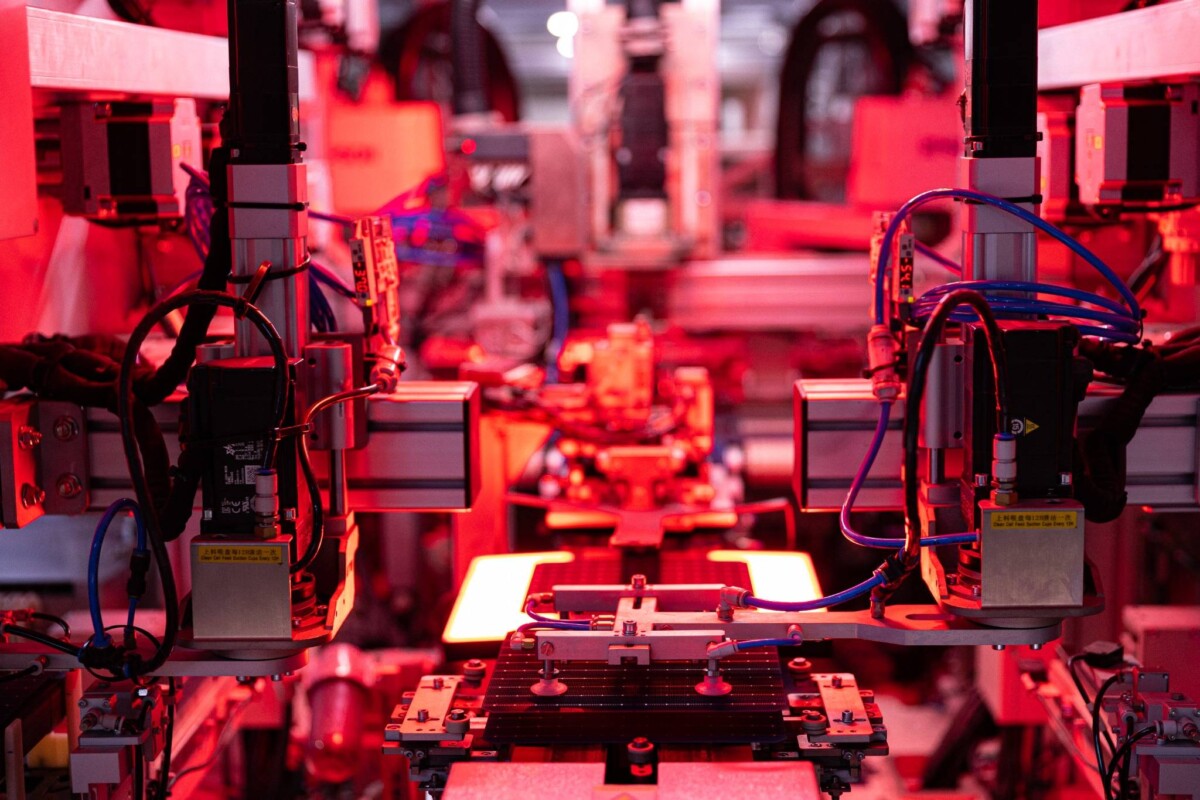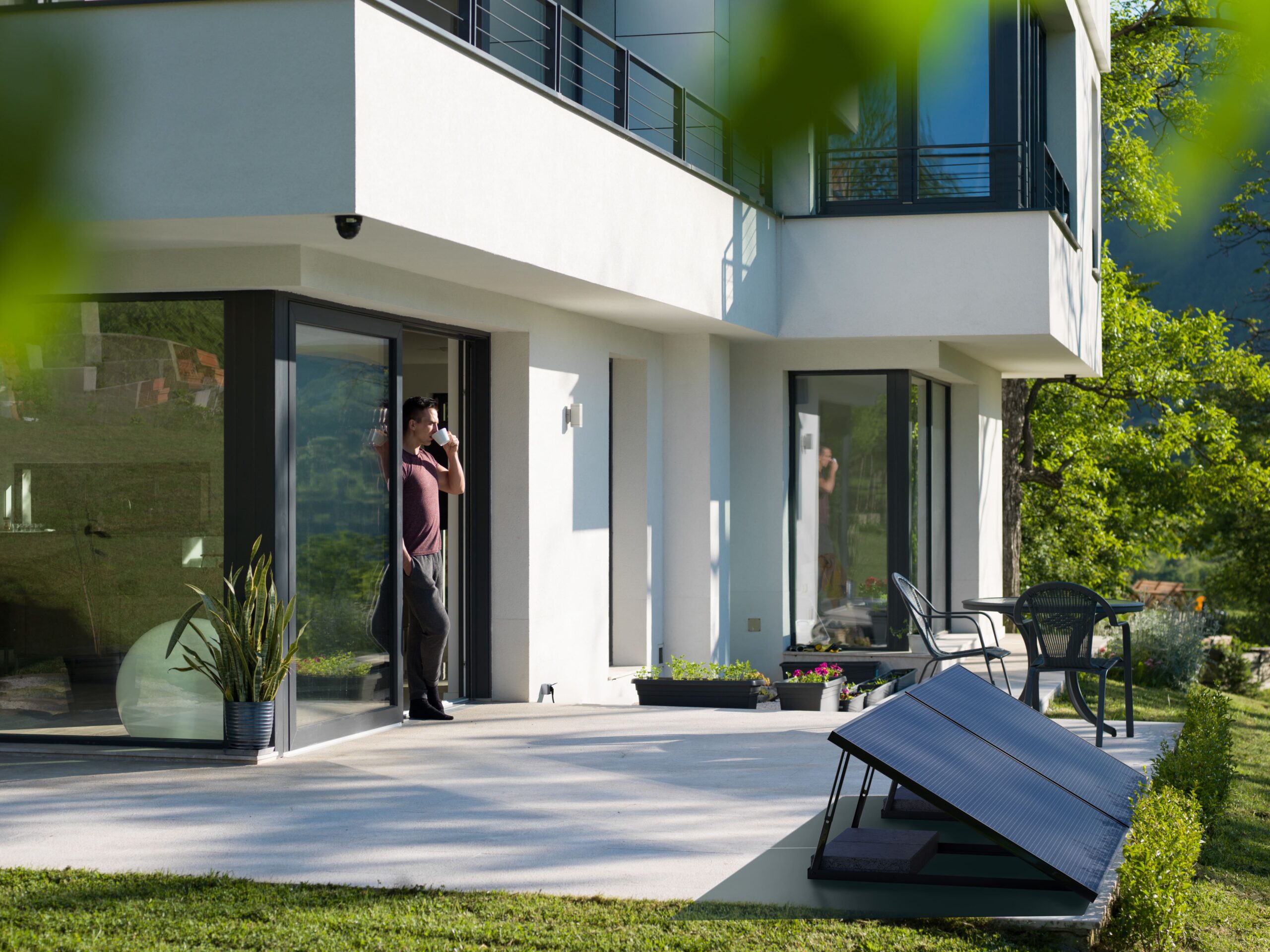Solar Panels in Belgium: Still a Smart Investment in 2025
Solar energy is booming in Belgium. Even in 2025, despite the end of subsidies in some regions, the central question remains: how many years does it take to earn back the investment in a solar installation?
The answer depends mainly on three factors: the installed capacity (3, 5 or 10 kWp), the region (Brussels, Wallonia or Flanders), and the household’s consumption profile — whether or not it includes an electric vehicle.
Choosing the right capacity for your energy needs
In Belgium, each kilowatt-peak (kWp) of solar panels generates on average 850 to 1,000 kWh per year. The correct system size therefore depends on your lifestyle and energy usage.
A 3 kWp system typically produces 2,500 to 3,000 kWh annually, making it ideal for a single person or a couple living in a small home without electric heating or an EV. The payback period is about 3.5 to 4.5 years in Brussels, and 6 to 9 years in Wallonia and Flanders.
A 5 kWp installation produces around 4,500 to 5,000 kWh per year, suitable for a family of three to four people in a standard home with full appliances. It also covers the needs of a small EV driving up to 10,000 km per year. The ROI remains fast in Brussels (3.5 to 4.5 years) and slightly longer in Wallonia and Flanders (6 to 9 years).
For larger households with a heat pump and one or two electric cars, a 10 kWp system is recommended. It generates between 9,000 and 10,000 kWh annually and has a similar payback time: 3.5 to 4.5 years in Brussels, 6 to 9 years elsewhere.
Factoring in electric mobility
Electric mobility changes the calculation. On average, an electric car consumes about 15 kWh per 100 km (0.15 kWh/km). This means:
-
10,000 km/year requires around 1,500 kWh extra
-
20,000 km/year about 3,000 kWh extra
-
30,000 km/year up to 4,500–5,000 kWh extra
In practice, a small driver (10,000 km/year) can manage with 5 kWp, while a heavy driver (30,000 km/year) will need closer to 10 kWp. For two EVs, expanding the solar system becomes almost unavoidable. Although this increases the initial investment, the long-term savings are significant, since solar electricity is always cheaper than grid power or fuel costs.
Brussels: fastest ROI thanks to green certificates
The Brussels-Capital Region remains the most profitable place for solar in Belgium. Green certificates guarantee an additional income of at least €65 each for 10 years. A residential system of 3 to 6 kWp can therefore be fully paid back within just 3.5 to 4.5 years. Even when adding an EV, the return remains very attractive. Only plug & play kits under 1 kWp are excluded from the scheme.
Wallonia: solid profitability, but more gradual
In Wallonia, new solar installations no longer benefit from green certificates. Profitability depends solely on direct consumption and feed-in tariffs. With a smart meter, households only pay for the electricity they actually draw from the grid. A solar system between 3 and 10 kWp typically pays for itself in 6 to 9 years. For EV drivers covering about 15,000 km annually, a slightly larger system of 7 to 8 kWp is recommended to maintain the same ROI.
Flanders: smart consumption management is key
In Flanders, the old net-metering system has been replaced by a capacity tariff since 2023. Electricity bills are now based on the monthly peak consumption. This pushes households to optimize their self-consumption and spread usage smartly. For systems between 3 and 10 kWp, the payback period remains similar to Wallonia: 6 to 9 years. For EV owners, it becomes crucial to schedule charging during sunny hours to avoid higher costs.
Comparison: solar payback periods in Belgium
| Capacity (kWp) | Annual Production (kWh) | Typical Household | ROI Brussels | ROI Wallonia | ROI Flanders |
|---|---|---|---|---|---|
| 3 kWp | 2,500 – 3,000 | Single/couple | 3.5 – 4.5 yrs | 6 – 9 yrs | 6 – 9 yrs |
| 5 kWp | 4,500 – 5,000 | Family (3–4 people) or small EV | 3.5 – 4.5 yrs | 6 – 9 yrs | 6 – 9 yrs |
| 10 kWp | 9,000 – 10,000 | Large home, heat pump, EV(s) | 3.5 – 4.5 yrs | 6 – 9 yrs | 6 – 9 yrs |
The role of solar batteries
Without storage, a household uses only 30–40% of its solar production directly. With a battery, this rises to 60–70%. A battery makes it possible to charge an EV at night with surplus solar energy from the day, or to spread heat pump consumption more evenly. In Flanders, it also helps reduce the impact of the capacity tariff. While it slightly extends the initial payback time, it increases long-term profitability and energy independence.
Conclusion: solar in Belgium remains unbeatable in 2025
In 2025, solar panels in Belgium remain one of the safest and most profitable investments. In Brussels, the ROI is exceptionally short (3.5 to 4.5 years). In Wallonia and Flanders, payback takes 6 to 9 years, still highly competitive considering rising electricity prices. Electric vehicles require larger systems, but further strengthen the case for solar. Batteries enhance self-consumption and long-term savings.
Whether you are a small household, an average family, or a fully electrified home with EVs, installing a 3, 5 or 10 kWp solar system in 2025 is a strategic, economic and ecological decision.
